Germany pledges €1.1bn to Namibia as it formally recognises colonial-era genocide
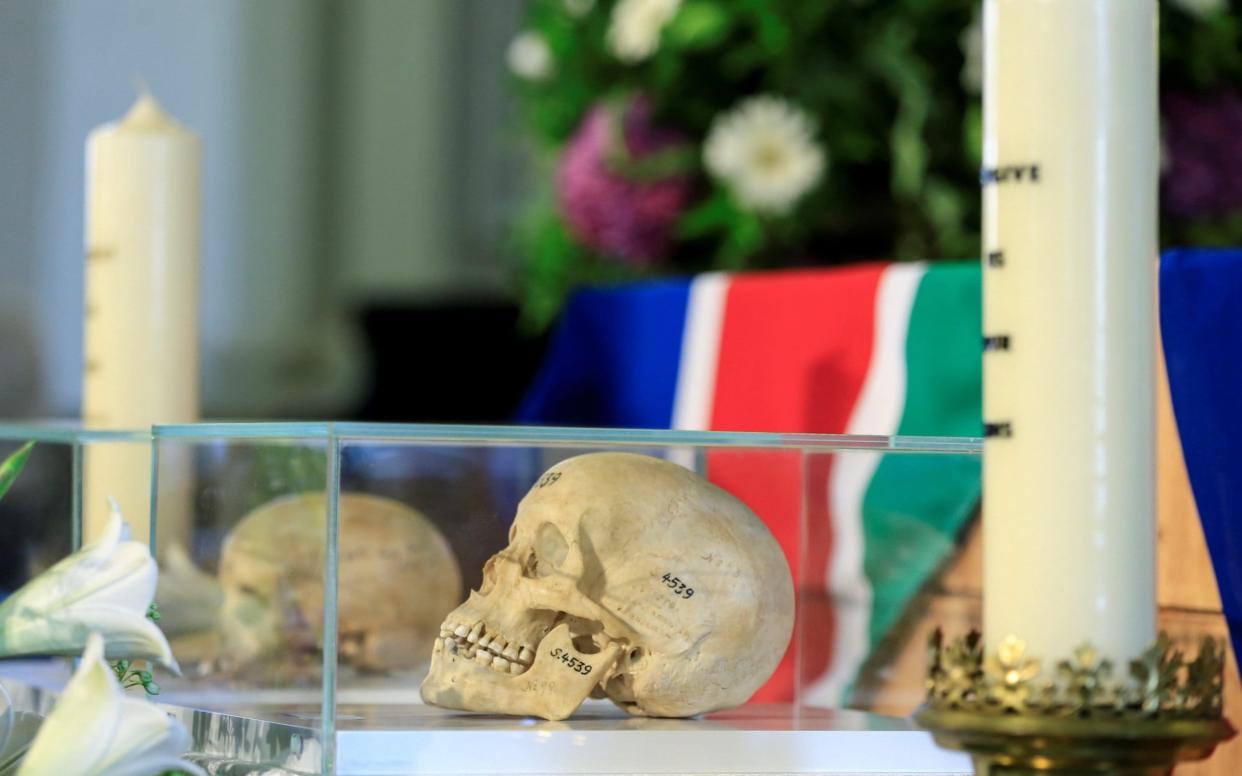
German's colonial forces committed genocide in Namibia in the early 20th century, the government officially recognised for the first time on Friday.
Heiko Maas, the foreign minister, acknowledged the systematic murder of tens of thousands of men, women and children and the attempted extermination of the Herero and Nama peoples.
“In light of Germany's historical and moral responsibility, we will ask Namibia and the descendants of the victims for forgiveness,” he said.
He pledged that Germany would spend €1.1bn (£950m) on a new development programme for Namibia as a “gesture to recognise the immense suffering inflicted on the victims”.
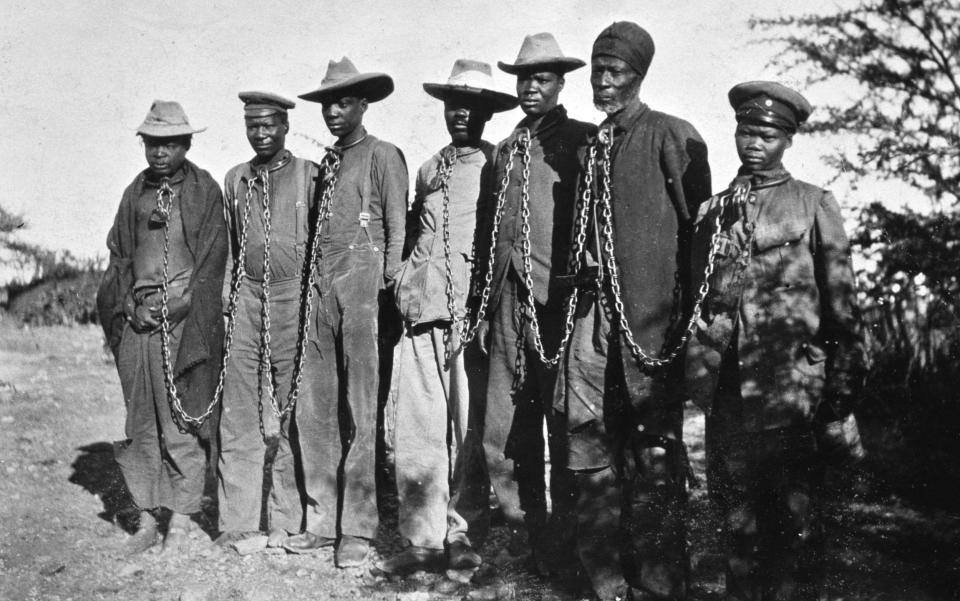
Historians have long regarded what took place in Namibia between 1904 and 1908 as the first genocide of the 20th century and a precursor to the Holocaust.
German colonial forces drove tens of thousands of men, women and children into the Namibian desert to die of starvation and dehydration.
Others were sent to concentration camps where they died of disease and abuse. Many victims were beheaded, and their skulls sent to Germany for scientific experiments.
The exact death toll is unknown, but it is believed to include at least 65,000 out of a population of 80,000 Hereros, and 10,000 out of a population of 20,000 Nama. Some accounts put the total number of dead as high as 100,000.
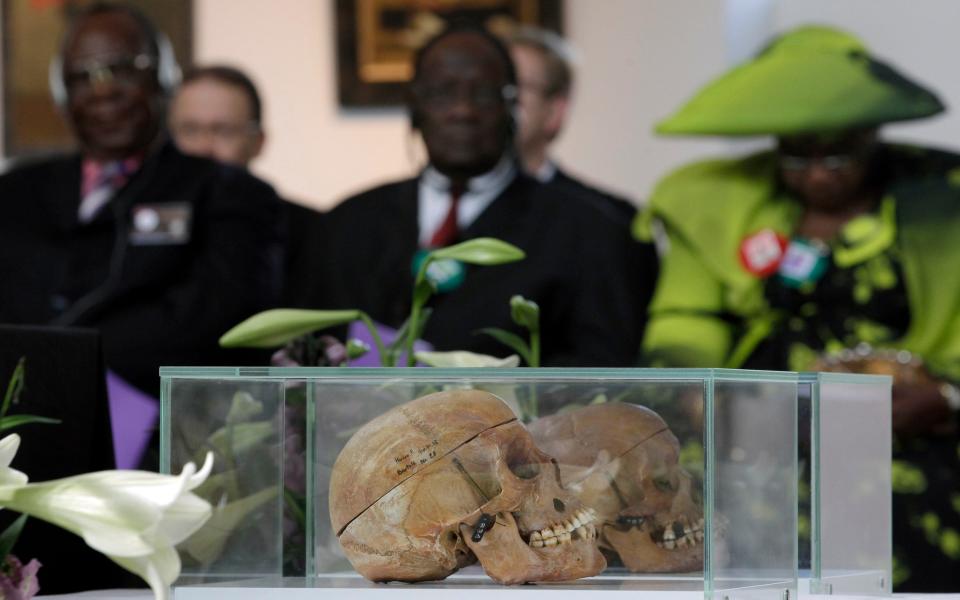
Until recently, it was a subject modern Germany had avoided. While the country has confronted its historic responsibility for the Holocaust, for decades, the genocide of the Herero and Nama was swept under the carpet.
It was only in 2004 that a German minister first expressed regret for the killings, and in 2016 that Angela Merkel’s government began to refer to them as a genocide.
Friday’s announcement, which comes after five years of negotiations with the Namibian government, took the official German position even further.
But representatives of the Herero and Nama communities have rejected it as insufficient and said Germany should pay reparations.
“We have a problem with that kind of an agreement, which we feel constitutes a complete sell-out on the part of the Namibian government,” said Vekuii Rukoro, a Herero paramount chief who tried unsuccessfully to sue Germany over the genocide in a US court.
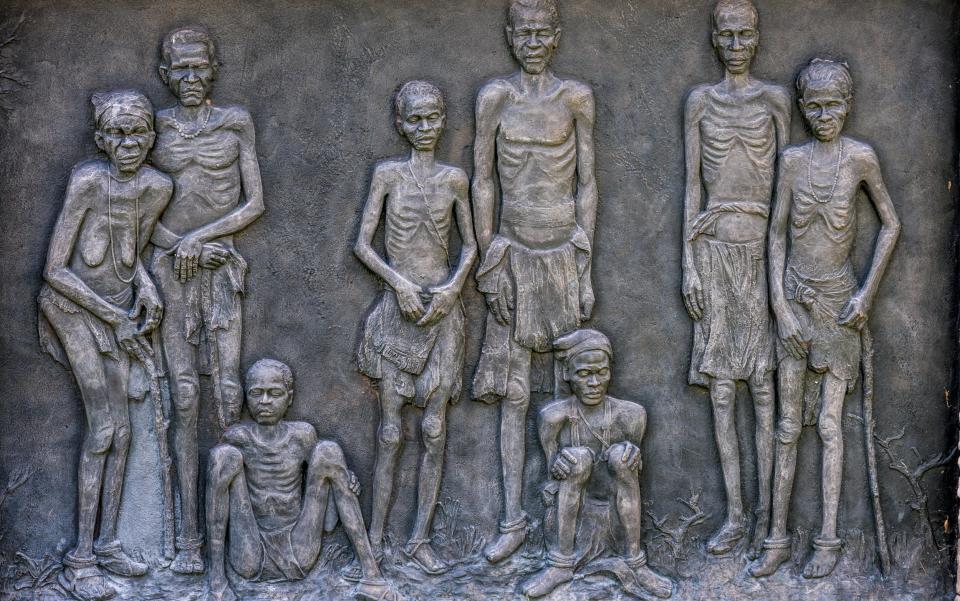
The genocide in what was then the colony of German South-West Africa began as an operation to suppress a revolt against foreign rule by the Herero and Nama.
But systematic killings continued long after the uprising had been put down.
“I believe that the nation as such should be annihilated, or, if this is not possible by tactical measures, expelled from the country,” General Lothar von Trotha, the commander of German forces, wrote in 1904 of the Herero.
An order he issued the same year stated: “Any Herero found within the German border, with or without a rifle, with or without cattle, is to be shot. I do not accept women or children either: drive them back to their people or shoot them”.
Gen von Trotha “imagined this conflict was part of a ‘race war’ between Europeans and Africans, and he led the war accordingly," said Prof Jürgen Zimmerer of Hamburg University, the foremost expert on the genocide.
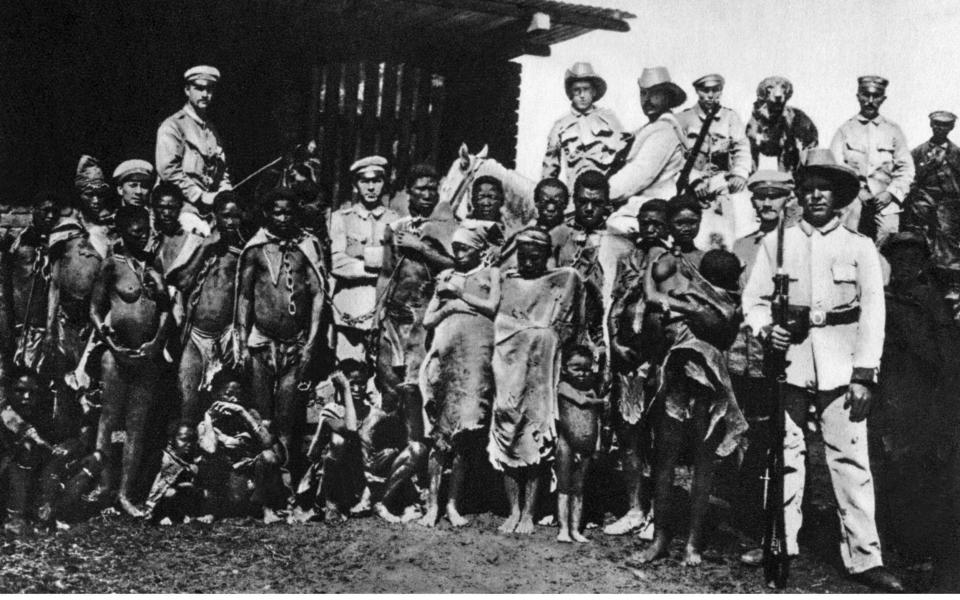
Many of the features that would later become synonymous with Nazi Germany were already present in Namibia: concentration camps, race theory, twisted scientific experiments and mass slaughter.
Germans who took part in the genocide included Franz Ritter von Epp, who later went on to preside over the establishment of the first concentration camp in Germany at Dachau, and the deportation of thousands of Jews to the death camps.
They also include Prof Eugen Fischer, a Third Reich scientist whose theories on race were central to Nazi race laws and persecution of Jews.
Fischer first made his name in Namibia carrying out macabre research on Herero and Nama concentration camp prisoners.
Hundreds were decapitated so he could take their skulls to Germany, and female prisoners were ordered to remove the flesh from the severed heads using shards of glass.

